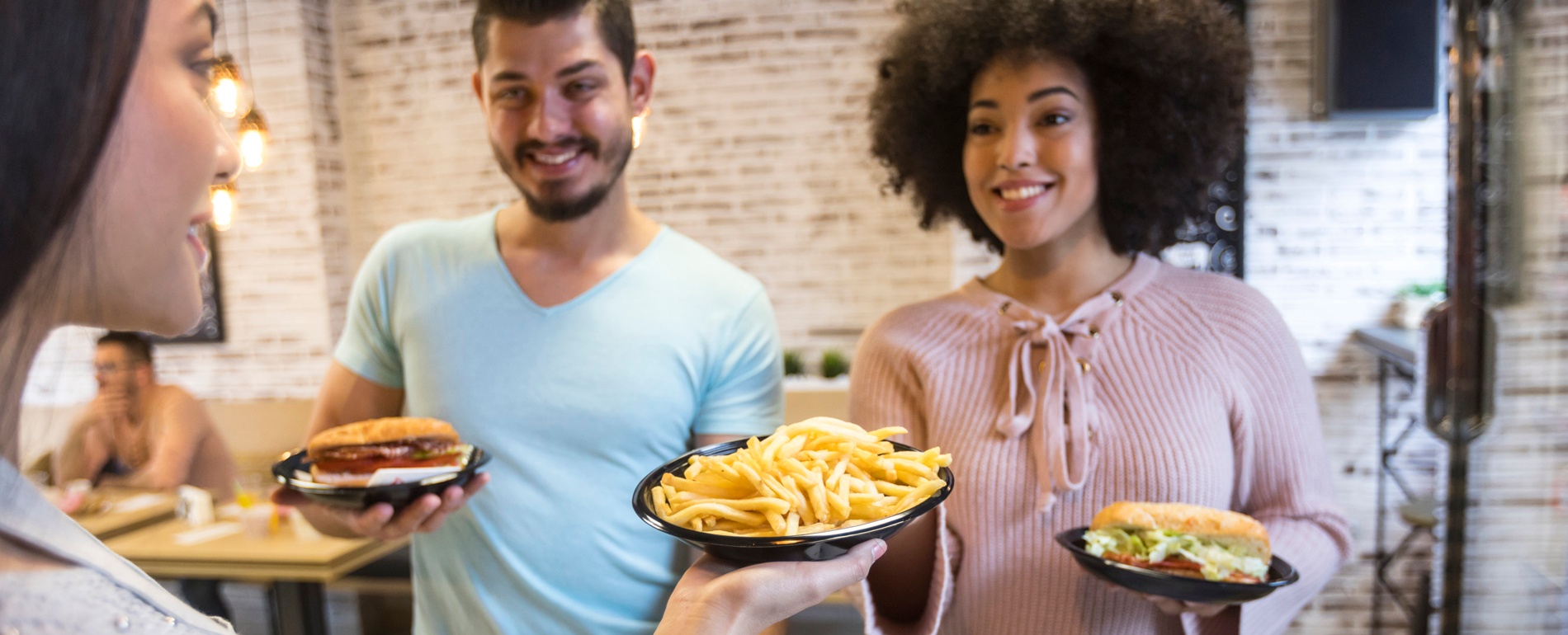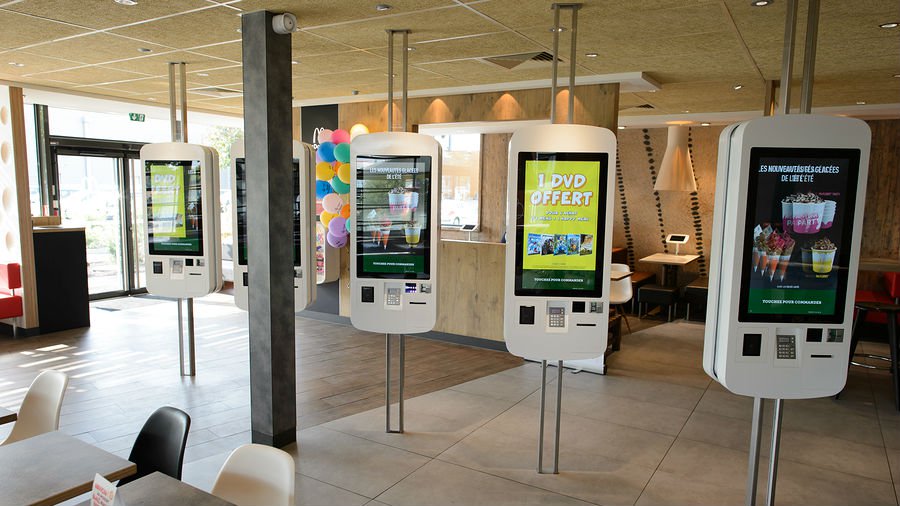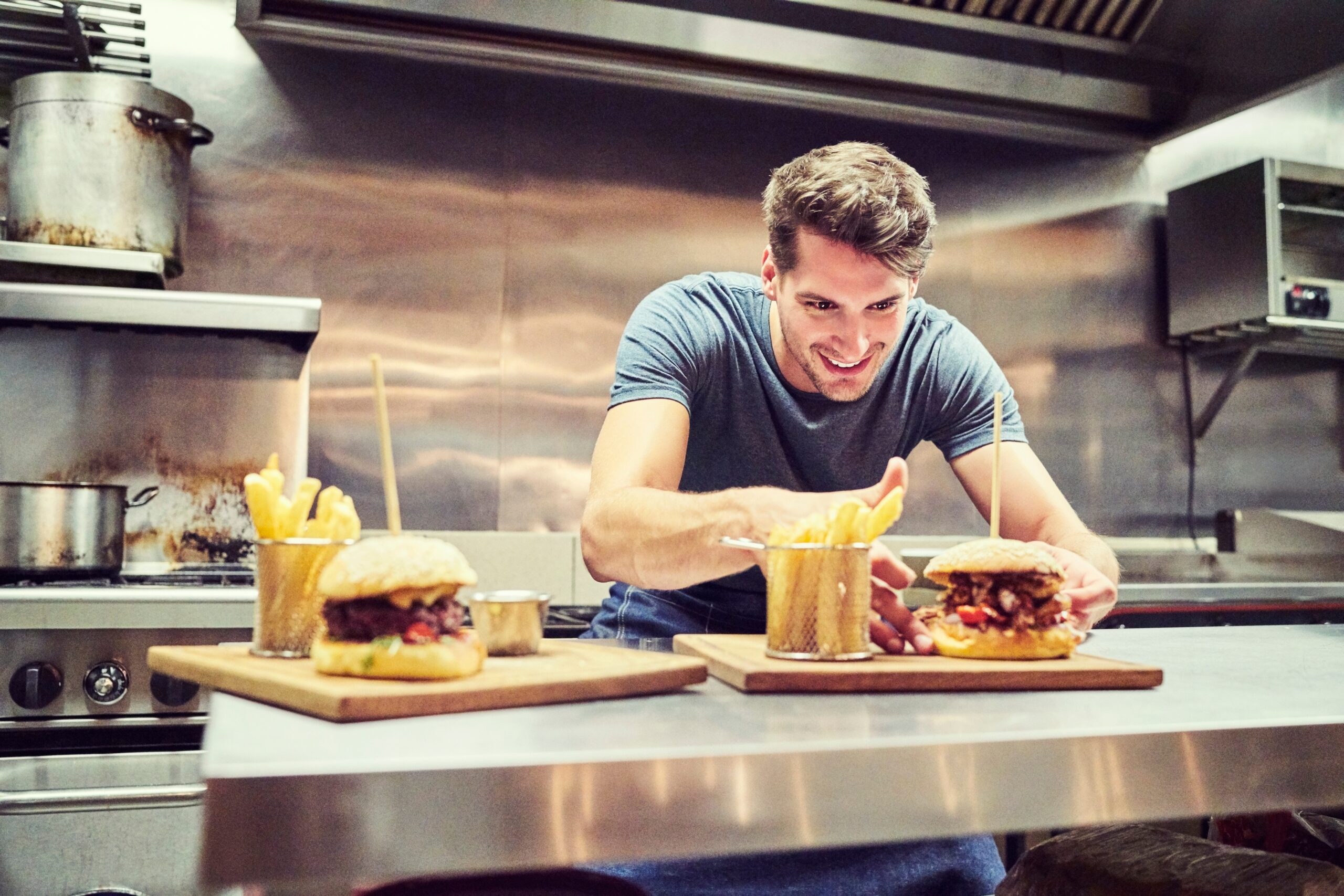
Here’s Why Consumers are Demanding for Self-Service Kiosks
Everyone knows the worst part about fast food restaurants are the lines that make it not-so-fast. Even worse? Waiting in line forever and finding out that you didn’t receive the right order.
Restaurant customers are becoming increasingly comfortable with the technological shift of placing their orders and paying through self-service kiosks. An effective system should integrate directly to your point of sale to help streamline the order process, ultimately, promoting convenience, high speed of service, and comfort to consumers.
Approximately 47% of diners say they would use a self-service technology, such as a QSR kiosk, to customize their orders. Many of the new fast-casual establishments, which cater to the majority of diners say they are willing to utilize a self-service POS. The growing millennial generation is more or less focused on the visual representation of your restaurant. McDonald’s president and COO Don Thompson stated that people eat with their eyes first. If you have a restaurant that is appealing, contemporary, and relevant both from the street and interior, the food tastes better. It is the sight of long lines that can break your business and cause customers to go elsewhere.
Lengthy lines can cause customers to walk away from their favorite establishment in favor of a quicker experience. If the line to order from a cashier is more than five people, 57% of customers will choose to walk away. Additionally, 71% would leave if there were seven people in line and 91% if there were more than 10 people. These numbers are minimized when self-ordering kiosks are available. 60% of customer surveyed said they would visit a fast casual or QSR establishment more often if self-service kiosks were offered.

Many restaurant chains such as McDonald’s and Panera Bread identified a customer service problem within their restaurants and found that providing a self-ordering kiosk would overcome the issue at hand. Due to the high volume, Panera Bread had a significant issue with long lines at the order stations, order inaccuracy and long ticket times. Before they could be comfortable with expanding overseas, they needed to make some significant changes. It was an effort that took many months, but after launch, it was deemed a huge success. Order accuracy and speed of service improved dramatically, giving Panera Bread the confidence to move forward with their expansion. Today, McDonald is living proof that the implementation of self-service kiosk has altered their customer behavior and experience. The implementation of a more visually appealing self-serve kiosk in various locations has resulted in a 5-6% lift in their first year (2017) of remodeling. The success has led to the implementation of kiosks to all 14,000 stores in the United States by 2020. The company stated that the intention behind the execution was to enhance the customer experience by speeding up ordering time, reducing human error and allow for order customizations. Customizing orders has never been more natural.
The self-service kiosk offers multiple advantages to both the consumers and the restaurants. According to a survey collected by Tillster, self-serve kiosks have proven to achieve key objectives, such as increasing check size or improving the speed of service. The accuracy results in lower food costs due to incorrect orders, faster order throughout and increased sales per employee. Managers can place more emphasis on food quality, accurate food preparation and the expedition of orders. As a customer, they will have the ability to customize orders themselves, causing mistakes and omissions to decline significantly. Customers can review their own orders to ensure that everything is correct. The touchscreen technology is institutive and easy to use, so even first-time customers can place orders flawlessly and seamlessly.

You only have so many employees on a given shift, and with only one manning the cash during your lunch rush, it’s inevitable your line is going to build up. A self-ordering kiosk allows your customers to order and pay at their leisure, relieving that long line at your cash. This convenience will have a direct impact on your sales, as you’ll be taking more orders, faster than ever before. By reducing wait time, you’ll be able to take some pressure off of your staff during peak time, while also giving your customers the kind of service they’ll tell their friends about. More than three-quarters of consumers believe technology increases convenience, and 70% say that technology speeds up service and improves order accuracy.
As more customers are seeking options for faster ordering and payment options, self-service kiosks and mobile device management offer the best solution to control the transaction from start to finish. A survey conducted by Retale founded that nearly half of the 2,400 respondents say they would like to see more kiosks, and 20% of millennials don’t even like interacting with a cashier at checkout. Restaurants are adopting new self-ordering technology to enhance the customer experience while improving their operational efficiency and the bottom line. It’s a rare instance where both sides win-so restaurant owners should explore the possibilities for their business. Many customers enjoy a technology-enabled experience- so much that tech influences where they choose to dine. In addition, 92% of consumer believe tech options in restaurants will become more prevalent in the future according to recent industry research.
Now it’s up to traditional restaurants to keep up the pace by integrating technology that serves customer growing demands because this trend isn’t going to stop anytime soon!



